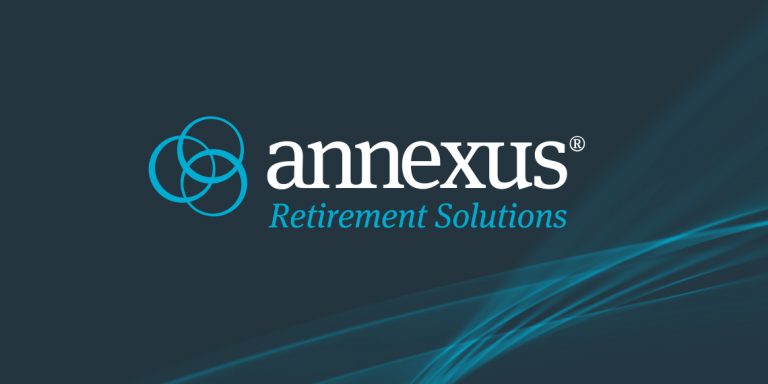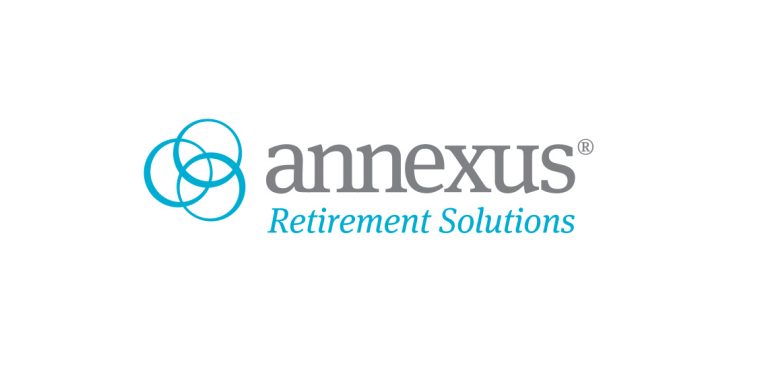How to Overcome Emotional Decisions to Secure Retirement Success
When participants are left to their own devices with investment decisions, especially in the face of market volatility, they often make emotional decisions that lead to poor outcomes.
by Dave Paulsen
This article was originally posted by NAPA.
A successful investing strategy for most Americans focuses on long-term goals and remaining patient. The data shows that the market outperforms the average individual investors’ returns. Typical returns for the S&P 500 Index average 10.65% while the typical investor’s average return is 7.13%.1
Almost all investors fundamentally want the same things: growth in their investment portfolio, liquidity that allows them to access their money, and confidence they won’t run out of money in retirement. But when participants are left to their own devices with investment decisions, especially in the face of market volatility, they often make emotional decisions that lead to poor outcomes.
To help participants stay on track with smart investing and secure their retirements, the industry must innovate and offer solutions that overcome the psychology of investors to help them achieve long-term success in the market. One powerful way to prevent these behavioral pitfalls is incorporating guaranteed retirement income into investment portfolios.
A stable, predictable income stream in retirement that can’t be outlived can significantly improve participant outcomes, providing confidence in both their investment journey and long-term financial security. A major misconception participants have is that the target date fund (TDF) they are invested in will automatically provide income in retirement.
But, that’s not a built-in feature of most TDFs. It’s up to the participant to decide how much to withdraw and when. Historically, the 4% rule has been the prevalent withdrawal strategy in retirement, but, based on new research, Morningstar now recommends a 3.7% withdrawal rate for retirement on a 30-year horizon.2
Planning for retirement starts long before the age of 65, and new solutions require mechanisms to inspire confidence and manage investing risk for participants.
Staying the Course with Confidence and Security
Whether driven by fear or opportunism, investor mistakes can have a compounding negative impact, locking in losses and missing market opportunities.
During market downturns, fear can cause investors to panic-sell at market bottoms, causing significant losses and missing out on subsequent recoveries. During bull markets, excitement can lead to overconfidence and excessive risk-taking, potentially exposing portfolios to greater volatility and drawdowns.
These risky behaviors only get amplified as investors approach retirement. Because they have larger account balances and less time to recover from mistakes, pre-retirees often experience even more heightened emotional responses to market fluctuations.
However, an investment solution that provides built-in protection from market downturns along with guaranteed retirement income can mitigate all of these issues by eliminating participants’ fear of loss and inspiring confidence to help them stay the course of their investment strategy.
Addressing Obstacles to Guaranteed Retirement Income
Yesterday’s retirement income products are ill-equipped to address the complex challenges faced by today’s retirees. The landscape of retirement continues to shift with longer life expectancies, the decrease in number of defined benefit plans, and rising healthcare costs. Yet in the face of all these variables, the industry is still falling short on offering innovative ways to provide sustainable income throughout retirement.
One obstacle hindering the adoption of guaranteed retirement income products is the industry’s reliance on historical data and short-term track records. This backward-looking approach not only stifles innovation but also fails to account for the rapidly changing economic situations participants find themselves in.
The fixation on three-year track records, for instance, provides an inadequate snapshot of a product’s long-term viability in addressing retirees’ needs. This rearview mirror approach to decision making often leads to a resistance to change, and industry professionals and investors alike hold on to familiar strategies that may no longer be effective.
To overcome these limitations, the retirement industry must embrace a more forward-thinking approach. This involves designing products that are adaptable to changing market conditions and are built around the needs of participants rather than relying solely on past performance.
Retirement Income and Fiduciary Responsibility
As trusted stewards of retirement plans, advisors and plan sponsors take their fiduciary duty seriously. But, are they missing opportunities to help participants secure better outcomes by only offering a limited range of solutions?
The true role of the fiduciary is to drive the best outcome for the participant. New product designs with lifetime income solutions have been proven in research to outperform traditional investments — and do so without any tradeoffs.
Innovative design in lifetime income products make these investments ideal for advisors to recommend and plan sponsors to implement because they enhance fiduciary accountability while mitigating risk.
TDFs have served as successful investing tools for building wealth, but without a lifetime income benefit built in, they give participants a false sense of security. In fact, 62% of American workers mistakenly believe their TDFs will provide income in retirement.
Additionally, 36% incorrectly assume these funds protect them from market losses.3 Advisors and plan sponsors are obligated to help participants understand that traditional TDFs do not guarantee income in retirement and are not immune to market volatility – and offer solutions that can truly meet participant expectations for those requirements.
With traditional income solutions, the participant must decide how much annuity to buy and when to buy it. Since many participants are not equipped to make such decisions, the plan sponsor or advisor bears the fiduciary responsibility in doing the due diligence and advising them on that annuity. However, new product designs now allow for the fiduciary responsibility to be embedded within the solution itself.
What does that look like? The annuity is purchased at the fund level, which means that the fund is responsible for conducting due diligence. This design can significantly reduce the fiduciary risk of the plan sponsor and advisor, providing the best outcome for the participant.
Engineering a Secure Financial Future for Participants
Innovation and forward-thinking approaches are essential to meeting the evolving needs of participants. New guaranteed retirement income products that protect investors’ portfolios present an opportunity to take a significant step forward in overcoming detrimental participant decision making.
By providing a stable and predictable income stream, these solutions offer financial security and instill the confidence necessary for investors to maintain a long-term perspective, even in the face of market volatility. Effective lifetime income solutions also give participants the ability to spend more money in retirement to cover their costs and maintain the lifestyle they want.
Adoption of these innovative products requires an industry-wide shift in thinking that moves beyond decisions based on traditional metrics and short-term track records.
Advisors and plan sponsors must embrace a more holistic approach to their offerings, keeping the success of their participants as the key focus. By doing so, plan sponsors can improve participant outcomes while maintaining their fiduciary responsibilities and reducing risk.
Evolving participant needs demand innovation, and the industry has a unique opportunity to adapt and provide new solutions that can help participants secure their financial futures and gain peace of mind about their retirement.
Dave Paulsen is Chief Executive Officer with ARS.
1Coleman, Murray. “Dalbar QAIB 2022: Investors Are Still Their Own Worst Enemies” Index Fund Advisors, Inc. – Fiduciary Wealth Services, Dimensional Funds, Index Fund Advisors, Inc. 4 Apr. 2022
2Umpierrez, Amanda. “Morningstar Lowers Retirement Withdrawal Rate to 3.7%” 401kSpecialist Magazine, 11 Dec. 2024
3“The Retirement Conversation Is Changing: Our 11th Annual Retirement Survey.” American Century Investments







